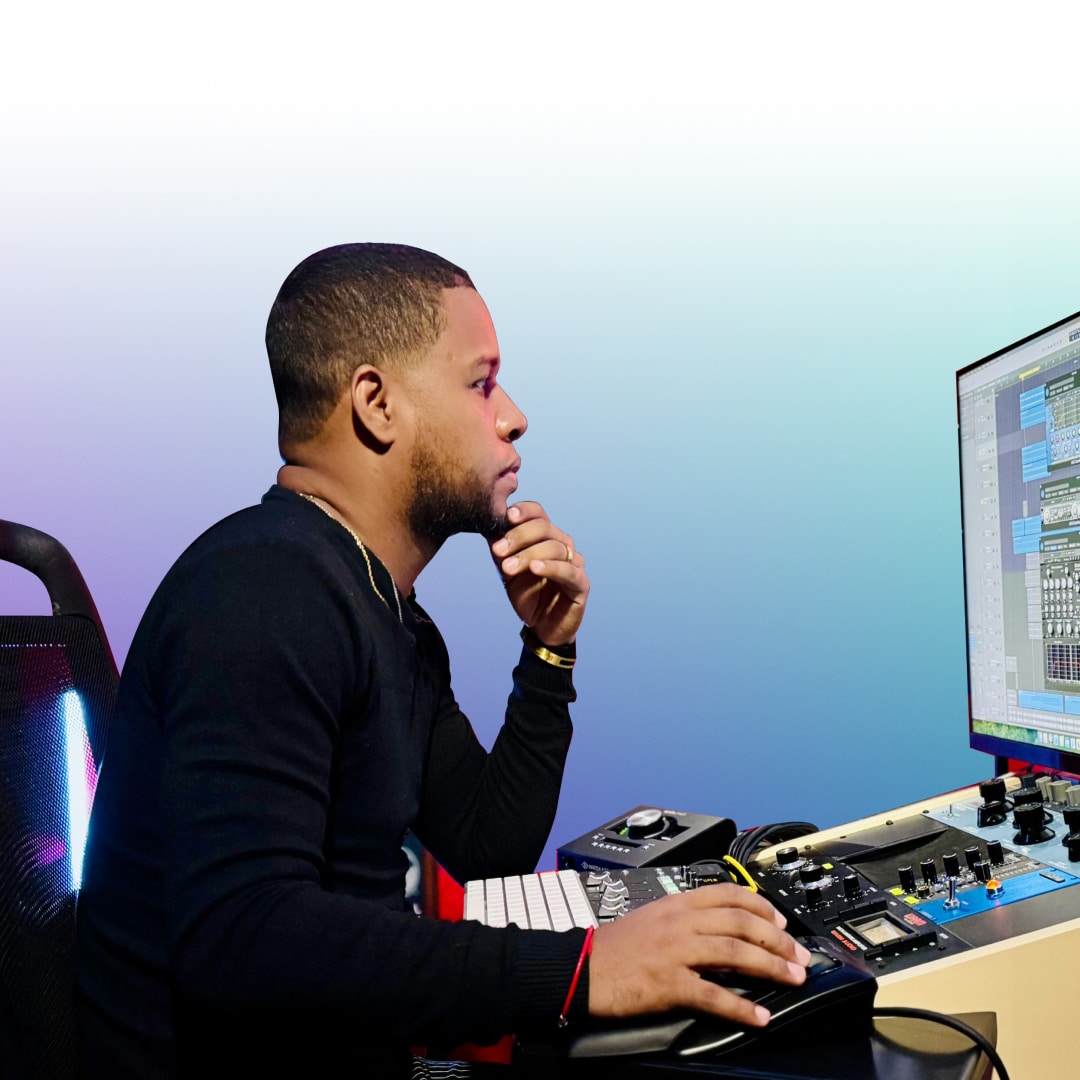As an emerging artist, one of the biggest challenges is getting your music heard by new audiences. While original songs are essential for building your identity, covering popular songs can be an effective strategy to gain exposure, attract new fans, and grow your brand. By tapping into the existing popularity of well-known tracks, you can introduce your sound to a wider audience and showcase your unique style. In this blog, we’ll explore the benefits of releasing a cover song and how you can leverage them to boost your music career.
1. Why Cover Songs Work: Understanding the Appeal
Covering a popular song has a built-in advantage: people already love the song. When you release a cover, you’re tapping into the existing audience of the original track, which can increase the chances of people discovering your version. Here’s why cover songs work so well:
- Familiarity: People are more likely to click on and listen to a song they recognize, even if it’s a new version. Familiarity creates an instant connection, making it easier to capture the listener’s attention.
- Searchability: Popular songs are often searched for on platforms like YouTube, Spotify, and TikTok. By covering a well-known track, you can leverage this search traffic and introduce your version to fans of the original song.
- Virality: Cover songs have the potential to go viral, especially if you add a unique twist that surprises or delights listeners. This can lead to more shares, more followers, and ultimately, more exposure.
2. Benefits of Releasing a Cover Song
Cover songs offer a range of benefits for emerging artists. Here’s how they can help you reach new audiences and build your brand:
Reach a Wider Audience
When you release a cover of a popular song, you’re reaching out to fans of the original artist. If they enjoy your rendition, they may become interested in your other music as well. This can help you grow your audience, especially if you’re just starting out and trying to gain traction.
Showcase Your Unique Style
A cover song isn’t just about replicating the original; it’s an opportunity to showcase your creativity. By putting your own spin on a track, you can demonstrate your artistic identity and show potential fans what makes you unique. Whether it’s by altering the arrangement, changing the genre, or adding your own flair, you can make the song your own and stand out from other artists.
Boost Your Online Presence
Covers are often easier to promote than original songs because of their inherent popularity. When people search for the original song, your cover might show up as a recommended video or track. Platforms like YouTube and Spotify even have dedicated sections for cover songs, giving your music a chance to be discovered by new listeners.
Engage with Fans on Social Media
Cover songs are perfect for social media because they’re relatable and easy to share. Platforms like Instagram, TikTok, and YouTube are filled with covers that have gone viral. If your version catches on, it can lead to increased engagement, more followers, and even media coverage. Plus, fans love to see artists they admire paying tribute to their favorite tracks.
Expand Your Live Performance Repertoire
Having a few cover songs in your live set can be a great way to engage with audiences who might not yet be familiar with your original music. Starting or ending a set with a recognizable track can draw in the crowd, make them sing along, and set the tone for a memorable performance.

3. How to Choose the Right Song to Cover
Choosing the right song to cover is crucial to the success of your version. Here are a few tips to help you make the best choice:
Pick a Song That Resonates with You
Choose a song that you genuinely like and connect with. Your passion for the track will come through in your performance, making the cover more authentic and engaging. Fans can tell when an artist truly loves the song they’re covering, and it makes the rendition more meaningful.
Consider Popular Songs That Are Trending
While classic hits are always a safe bet, covering a song that’s currently trending can boost your chances of gaining exposure. Stay updated on music charts, TikTok trends, and new releases to see what songs are hot at the moment. Covering a song while it’s still trending can make your version part of the conversation.
Find a Track That Fits Your Style or Genre
It’s important to pick a song that aligns with your musical style or can be adapted to fit your genre. If you’re an indie-folk artist, consider reimagining a pop hit in an acoustic or folk style. If you’re into electronic music, you could add a dance beat to a classic rock song. The goal is to find a track that allows you to infuse your personality and make it your own.
Look for Songs That Haven’t Been Overdone
Some songs are covered so often that it’s hard to stand out by releasing another version. Instead, look for popular tracks that haven’t been covered as much or songs that you can give a completely fresh take. Consider covering underrated tracks from famous artists or older songs that might have a nostalgic appeal.
4. How to Make Your Cover Song Stand Out
To truly capture attention with a cover song, you need to do more than just replicate the original. Here are some ways to make your cover stand out:
Add a Unique Arrangement or Twist
Put your own spin on the song by changing the arrangement. For example, you might slow down a fast-paced song, turn a ballad into a dance track, or strip a pop song down to an acoustic version. Adding unique instrumentation or experimenting with different vocal styles can also help set your cover apart.
Collaborate with Other Artists
Collaborating with other musicians on a cover song can bring a new dynamic to the track. Whether it’s featuring another vocalist, adding a rapper’s verse, or incorporating a new instrument, collaborations can make your cover more interesting and help expand your reach by attracting the other artist’s audience.
Record a Music Video
A well-made music video can make your cover even more engaging. Visuals are a powerful way to capture people’s attention, and a creative video can help your version of the song go viral. You don’t need a big budget—sometimes, a simple, well-shot video is all it takes to showcase your personality and connect with viewers.
5. Where to Release and Promote Your Cover
Once you’ve recorded your cover, it’s time to share it with the world. Here’s how to maximize its reach:
Upload to YouTube
YouTube is one of the best platforms for cover songs. It’s a search engine for music, and people often look up covers of their favorite tracks. Be sure to optimize your video title, description, and tags to improve discoverability. You might also want to create a playlist of your covers, so viewers can easily find and binge-watch your content.
Distribute to Streaming Platforms
Platforms like Spotify, Apple Music, and Amazon Music allow you to release cover songs, but there are a few legal considerations. Make sure to get the appropriate licenses through services like Vampr Distribution, DistroKid or CD Baby, which can help with the licensing process and distribution.
Share on Social Media
Promote your cover across all your social media channels. Use TikTok to share short clips of your cover, and consider doing a live performance on Instagram or Facebook. If your cover has a unique twist, emphasize that in your captions to encourage fans to check it out.
Engage with the Original Artist’s Fanbase
Tag the original artist on social media when you release your cover. While they may not always respond, there’s a chance they’ll share it or comment on it, which can lead to a huge boost in visibility. Be respectful and make sure your cover feels like a tribute rather than just a quick way to get attention.
6. Legal Considerations for Releasing Cover Songs
Before you release a cover song, it’s essential to understand the legal requirements. Unlike original songs, cover songs require permission from the original songwriters. Here’s what you need to know:
- Get a Mechanical License: To legally release and distribute a cover song, you need a mechanical license, which gives you the right to record and distribute the song. Platforms like DistroKid, CD Baby, and Loudr can help you secure these licenses for a small fee.
- Credit the Original Songwriters: Make sure to properly credit the original songwriters when releasing your cover. This is not only a legal requirement but also shows respect for the creators of the song.
- Be Aware of Video Monetization Rules: If you plan to upload your cover to YouTube, note that the platform’s Content ID system may automatically claim the video on behalf of the rights holders. You may not be able to monetize it unless you have a special agreement or license.
Releasing a cover song can be a powerful way to reach new audiences, build your brand, and grow your fanbase. By choosing the right song, adding your unique touch, and strategically promoting your cover, you can introduce your music to fans who might not have discovered you otherwise. Just make sure to take care of the legal aspects and treat the original track with respect. With the right approach, your cover song could be the stepping stone to new opportunities and increased visibility in the music industry.
Vampr is the ultimate music networking app designed to help you connect with musicians and grow your career. As a leading music industry network, Vampr makes it easy to find music collaborators, join a band, or even find a jam partner. Whether you’re searching for band members or looking to expand your music community platform, this app for musicians streamlines music collaboration like never before. Ready to take your music to the next level? Start networking and create something amazing today!
Vampr makes online music collaboration effortless, helping you find a beatmaker, hire a music arranger, or work with a sound engineer all in one place. Whether you’re looking to find a composer, collaborate with EDM producers, or find a hip hop producer, this platform connects you with the right talent for remote music production. Need professional mixing? Vampr also helps you find a mixing and mastering service and find musicians for recording—so you can bring your music to life with ease.
Vampr is the go-to platform to get work as a musician and find paid music gigs—whether you’re looking for music jobs near me or remote music jobs you can do from anywhere. From landing paid gigs as a musician to securing opportunities to work as a session musician, Vampr connects you with the right people. Need industry support? You can also find a music manager or hire a music manager to help grow your career. Plus, if you’re looking to find a band to join, Vampr makes it easy to connect and start making music today!
Vampr is the ultimate indie musician networking platform, making it easy to find rock musicians, connect with EDM producers, or collaborate on pop music. Whether you’re looking to find hip-hop artists, connect with country songwriters, or find jazz musicians, Vampr helps you build the right creative team. Need to hire classical musicians, find metal band members, or work with electronic music producers?
Vampr is the place to discover and collaborate with talented artists across all genres!
See why Vampr is the #1 app for music industry collaboration and networking










